I am making the clone of a webpage which is made in JS but I am developing it by HTML, CSS, JS. Its navBar looks like this  . Here is the link if you want to experience yourself link.
. Here is the link if you want to experience yourself link.
So, I have tried to implement this using IntersectionObserver API as well as by using window.addEventListener(). I don't want to implement this by using scroll event Listener because it is too heavy for end user.
const intersectionCB = ([entry]) => {
const elem = entry.target;
if (!entry.isIntersecting) {
elem.classList.add('nav__2-sticky');
// observer.unobserve(navBar);
} else {
elem.classList.remove('nav__2-sticky');
}
};
const observer = new IntersectionObserver(intersectionCB, {
root: null,
threshold: 0
});
observer.observe(navBar);
In HTML file
<div class="nav__2">
<div class="row nav__2--content">
<div class="logo-container">
<img src="img/logo-black.png" alt="" class="logo" />
</div>
........
In SCSS file
.nav {
&__2 {
top: 8rem;
position: absolute;
left: 0;
width: 100%;
&-sticky {
position: fixed;
top: 0;
}
}
}
You might understand what is happening. When navBar gets out of the view, (navBar is positioned at 8rem from top!). I append nav__2-sticky class (which is positioned fixed at 0 from top) to appear on the screen. Due to which entry.isIntersecting becomes true and elem.classList.remove('nav__2-sticky'); is executed. As a result navBar again gets out of the view and again elem.classList.add('nav__2-sticky') is executed. This cycle of adding and removing classes due to entry.isIntersecting becoming True and False is creating a problem for me. This happens in such speed that it shows abnormal behaviour.
So, is there any proper solution for this? I would also like to hear other solutions that might work.